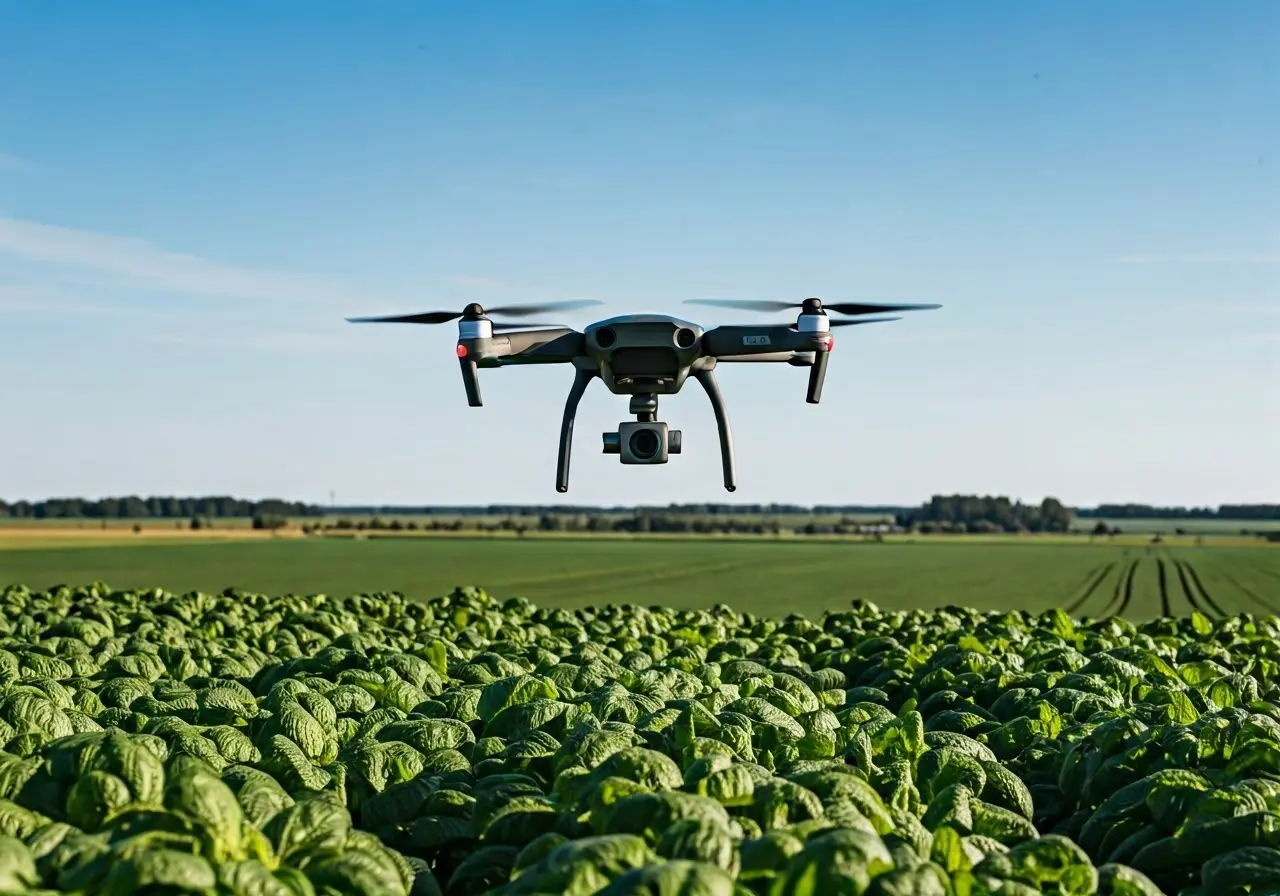
What are Agras Drones and How Do They Work?
Share
Agras drones are becoming increasingly popular in the agricultural sector due to their efficiency and advanced technology. In this FAQ, we’ll explore what Agras drones are, how they work, and their various applications.
What are Agras Drones?
Agras drones are specialized unmanned aerial vehicles (UAVs) designed for agricultural use. They are equipped with advanced technologies to help farmers with tasks such as spraying pesticides, monitoring crops, and gathering data.
Manufactured by DJI, a leading drone company, Agras drones aim to tackle various agricultural challenges through precision farming. Unlike traditional equipment, these drones offer a high degree of accuracy and efficiency, which can substantially benefit both large-scale and small-scale farmers.
Agras drones are part of a broader trend towards smart farming. New technologies like these drones are helping to modernize agriculture, making it more responsive and sustainable. For instance, they allow farmers to apply chemicals precisely where needed, minimizing waste and reducing the impact on the environment.
One practical example of Agras drones in action is their use in agave farming. Growers in Mexico have found these drones highly effective for applying herbicides, reducing labor costs significantly, and enhancing crop health [source].
How Do Agras Drones Work?
Agras drones operate using sophisticated software and GPS technology. They follow predetermined flight paths, ensuring precise application of substances or accurate data collection. The drones are controlled remotely, and some models can even operate autonomously.
The drone’s onboard sensors and high-resolution cameras capture detailed images and data about the crop field. This data is processed to identify areas that require specific interventions, be it spraying pesticides, fertilizers, or monitoring crop health [source].
With advanced flight control systems, Agras drones can maintain a perfect altitude, speed, and spraying rate, ensuring even coverage across the field. For example, a model like the DJI Agras T50 can autonomously navigate and adjust its spraying pattern for optimal efficiency [source].
Key Features of Agras Drones
Some of the key features include advanced sensors, high-resolution cameras, GPS navigation, and automated flight capabilities. These features enable the drones to perform tasks with high precision and efficiency.
Equipped with multilayered safety systems such as obstacle avoidance and terrain-following capabilities, Agras drones are built for rugged agricultural environments. This makes them incredibly reliable even under challenging conditions [source].
Additionally, these drones have impressive payload capacities, allowing them to carry significant amounts of liquid or granular substances for effective spraying and seeding. For instance, the DJI Agras T40 model stands out for its large capacity and efficiency [source].
Benefits of Using Agras Drones in Agriculture
Agras drones offer numerous benefits, such as increased efficiency, reduced labor costs, and minimal environmental impact. They also enable precise application of fertilizers and pesticides, resulting in better crop yields.
These drones also help increase crop yields significantly by ensuring the optimal application of essential nutrients and protective substances only where they are needed. This precision helps to avoid under- or over-application, leading to healthier crops and less waste [source].
Moreover, using drones for agricultural tasks can free up farmers to focus on other critical operations, such as harvesting or field maintenance, thereby improving overall farm productivity [source].
Common Applications of Agras Drones
These drones are typically used for crop spraying, field mapping, crop health monitoring, and soil analysis. They help farmers make informed decisions by providing accurate data and insights.
In crop spraying, Agras drones are especially effective. They can cover vast areas quickly, applying chemicals precisely and evenly, even in difficult terrains such as hillside vineyards or irregularly shaped fields [source].
For crop health monitoring, the drones’ advanced imaging capabilities enable them to identify stress indicators in plants, allowing timely interventions. This early detection can prevent minor issues from becoming significant problems [source].
Challenges and Considerations
While Agras drones offer many advantages, there are challenges such as high initial costs, regulatory restrictions, and the need for technical expertise. It’s important to consider these factors before investing in drone technology.
The high initial investment for high-quality drones can be a barrier for small farmers. However, the return on investment through increased efficiency and crop yields can eventually offset the initial costs [source].
Regulatory restrictions vary by country and can complicate the deployment of drones. Understanding and navigating these regulations is crucial for legal and safe operations [source].
Moreover, operating these advanced drones requires a level of technical expertise. Proper training and possibly hiring skilled operators are vital to maximizing the benefits [source].
Conclusion: The Future of Farming with Agras Drones
Agras drones are revolutionizing modern agriculture with their precision, efficiency, and versatility. By understanding their functionalities and applications, it’s clear that these drones are not just a passing trend but a vital tool for the future of farming.

